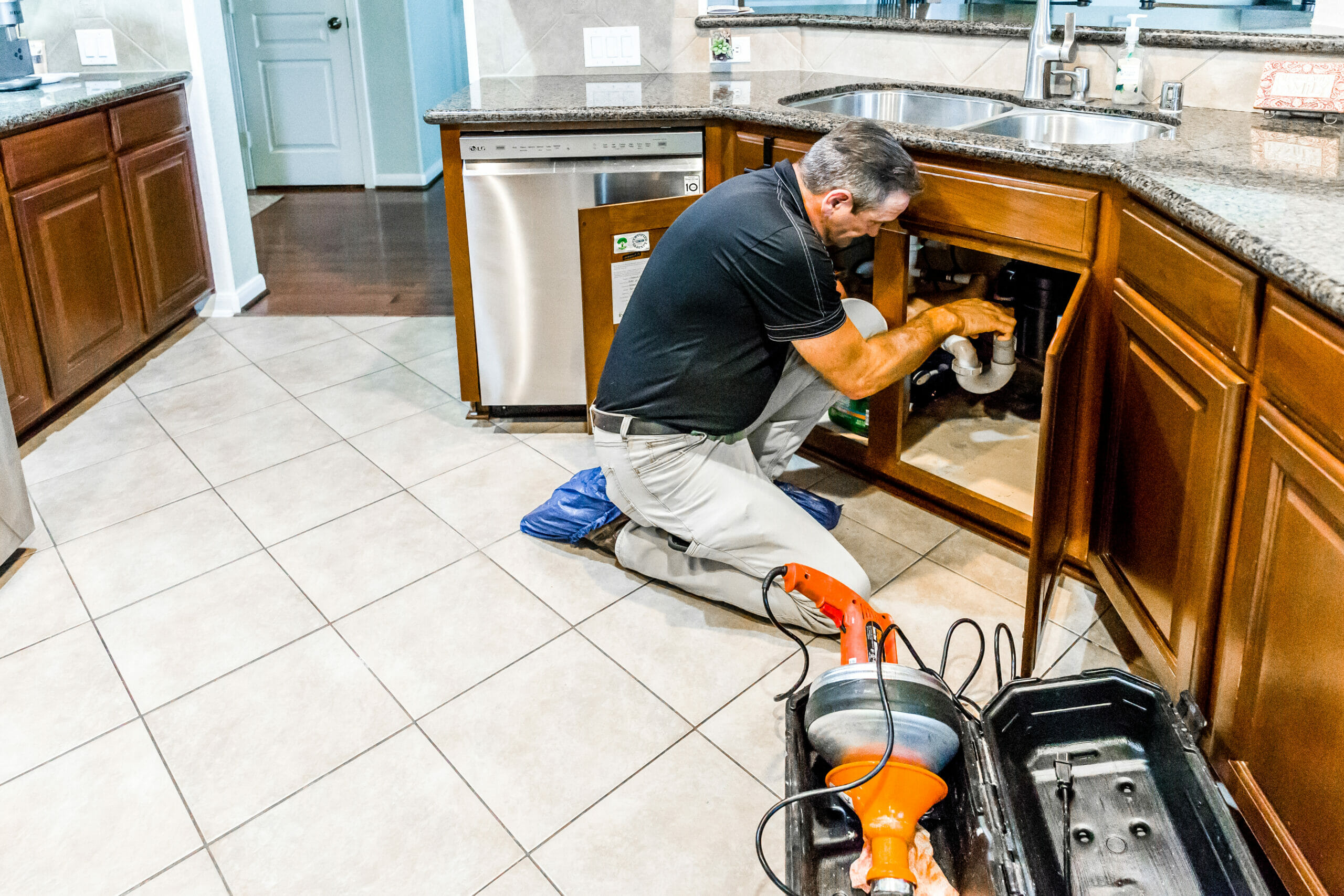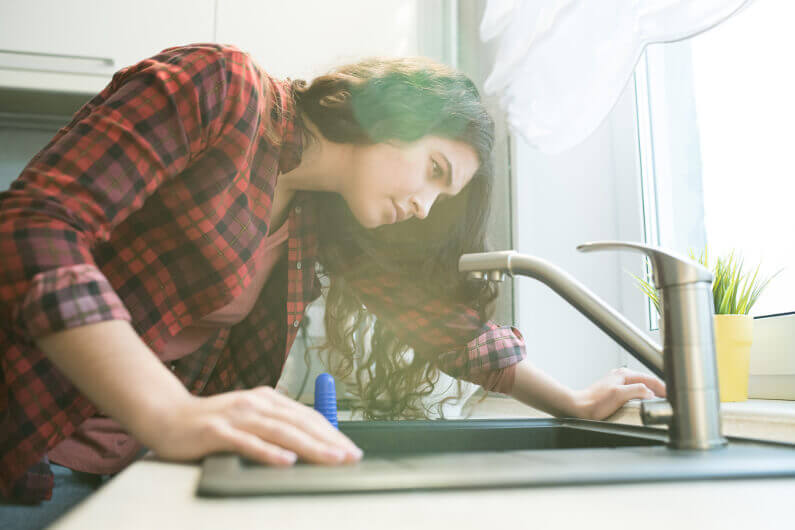This post below relating to Main Plumbing Issues Found in Old Houses is really remarkable. Give it a go and make your own final thoughts.

Older homes frequently feature appeal, character, and background, however they can likewise bring a host of plumbing issues. Whether you're managing maturing pipes, low tide pressure, or leakages, understanding how to resolve these typical troubles is vital to maintaining a secure and useful home. In this overview, we'll check out the common plumbing obstacles dealt with by older homes and provide functional solutions to maintain your plumbing in top shape.
Recognizing Usual Pipes Problems
Aging Pipelines
Among the most usual issues in older homes is aging pipes. Relying on the period in which your home was built, the pipes may be made from products that have worn away over time, such as galvanized steel, cast iron, and even lead. These products can corrode, end up being weak, or develop leakages, resulting in water damage and prospective carcinogen.
Water Quality Screening
Older pipelines can affect the high quality of your water. Conduct a water quality test to look for contaminants such as lead, corrosion, or other contaminations that might be presented by aging pipes.
Solutions for Typical Pipes Problems
Changing Aging Pipelines
If your home has old, deteriorating pipelines, think about replacing them with contemporary products like copper or PEX. This can be a substantial financial investment, yet it will certainly prevent future issues and enhance the safety and security and dependability of your plumbing system.
Taking Care Of Low Tide Stress
To repair low water stress, beginning by cleansing or changing old fixtures and removing mineral buildup in the pipes. If the trouble lingers, it may be required to change sections of corroded pipes.
Repairing and Replacing Leaking Pipes
For small leaks, you can use pipe clamps or epoxy putty as a short-term repair. However, it's finest to change dripping pipelines totally to avoid further damage.
Upgrading Components
Updating old fixtures to modern, water-efficient models can boost your home's plumbing performance and reduce water usage. Try to find components with the WaterSense tag for the best effectiveness.
Handling Pipeline Corrosion
If your pipelines are rusted, replacing them with corrosion-resistant products like copper, PVC, or PEX is the best service. Normal examinations and water high quality upkeep can help prevent further deterioration.
Low Tide Stress
If you're experiencing low water pressure, it could be due to natural resources, rust inside the pipelines, or old fixtures that are no more working successfully. This can be a major inconvenience, especially in locations like showers and sinks.
Leaking Pipelines
Leaks are one more regular problem in older homes, usually brought on by rusty or worn-out pipelines. Also little leaks can cause considerable water damage, mold and mildew development, and raised water costs otherwise attended to without delay.
Obsolete Components
Obsolete pipes fixtures such as taps, bathrooms, and showerheads not only look old however may likewise be less reliable, susceptible to leakages, or incompatible with modern-day plumbing criteria.
Pipeline Corrosion
Rust is a common issue in older pipes, especially those made from galvanized steel or cast iron. Rusty pipelines can limit water circulation, cause discoloration, and eventually bring about leaks or pipeline bursts.
Examining the Condition of Your Pipes
Examining Visible Pipelines
Start by checking any kind of visible pipelines in your house, such as those in basements, crawl spaces, or under sinks. Seek signs of deterioration, leakages, or rust, which can suggest underlying concerns.
Checking for Leakages
Look for leaks by checking locations around faucets, bathrooms, and under sinks. You can additionally check your water meter before and after a period of no water use to find hidden leakages.
When to Call a Professional
While some pipes issues can be handled with DIY remedies, there are times when it's finest to employ a specialist. If you're handling significant leaks, extensive rust, or are uncertain concerning the condition of your pipelines, a licensed plumbing professional can provide expert analysis and repair work.
Preventive Upkeep Tips
Regular Assessments
Routinely inspect your pipes system for indications of damage. Capturing concerns early can protect against costly repair work down the line.
Water Pressure Policy
Guarantee your water stress is within the advised array to avoid emphasizing your pipes and components. A plumbing professional can mount a pressure regulatory authority if required.
Water High Quality Upkeep
Set up water filters or softeners if your water quality is poor. This can safeguard your pipes and fixtures from damages triggered by difficult water or pollutants.
Positive Pipeline Substitute
If your home has older pipes, consider proactive substitute prior to major issues arise. This can save you from emergency repair work and water damage.
Conclusion
Handling plumbing issues in older homes calls for a mix of caution, precautionary upkeep, and prompt upgrades. By comprehending the common obstacles and knowing when to seek professional aid, you can guarantee your plumbing system remains useful and dependable for many years ahead.
Common Plumbing Issues in Older Homes and How to Fix Them
Owning an older home in Australia comes with its unique charm and a set of challenges, especially when it comes to plumbing. The Sunshine Coast has many older properties that can harbour plumbing problems that aren t just inconvenient but potentially costly. Here s a look at some common plumbing issues in older homes and expert advice on how to handle them.
Outdated Piping Materials
Many older homes were built with galvanised steel, cast iron, or even lead pipes, materials that are far from ideal by today s standards. Galvanised pipes are prone to corrosion and clogging, while lead pipes pose serious health risks.
How to Fix:
Replacing old pipes is a job for a professional. Upgrading to copper or PVC piping not only enhances water quality and flow but also increases the property s safety and value. If you suspect your home has outdated materials, a licensed plumber can conduct a thorough inspection and recommend the best course of action.
Corrosion and Pipe Degradation
Over time, exposure to water and minerals can cause pipes to corrode, leading to leaks, bursts, and water contamination. Corrosion is especially common in homes over 50 years old.
How to Fix:
Regular inspections can catch early signs of corrosion. If corrosion is found, the affected section of piping often needs to be replaced. For homes with extensive corrosion, a complete plumbing overhaul might be necessary. It s crucial to consult with a plumbing expert to understand the extent of the issue.
Tree Root Intrusion
Older neighbourhoods usually have mature trees whose roots can intrude into pipe lines, causing blockages or damage. This is particularly problematic for sewer lines, where roots seek out water sources.
How to Fix:
A plumber can use a specialised camera to inspect sewer lines for root intrusion. If roots are a problem, methods like root cutting or hydro-jetting can clear the obstruction. In severe cases, part of the pipe may need replacing. Consider root barriers around the piping to prevent future issues.
Inadequate Water Pressure
Low water pressure in older homes can be due to various factors, including corroded water lines, sediment build-up in pipes, or outdated fixtures.
How to Fix:
First, check if the low pressure is isolated to one area or throughout the house. Replacing old fixtures can sometimes resolve the issue. However, if the problem is more widespread, it might be due to sediment or corrosion. Flushing the system or replacing the affected pipes usually restores normal pressure. Again, a professional assessment is advisable.
Outdated Fixtures
Older homes often feature fixtures that are not only visually dated but functionally inefficient. This includes everything from toilets and taps to showerheads and washing machine hoses.
How to Fix:
Updating these fixtures can improve both water efficiency and the aesthetic appeal of your home. Modern fixtures are designed to conserve water, which can significantly reduce your water bill and lessen your environmental impact.
Conclusion
Maintaining the plumbing in an older home requires a proactive approach. Regular checks and updates are key to preserving these beautiful properties. If you re facing plumbing issues in your older home, it s best to call on experienced professionals like Green & Gold Plumbing & Gas. With the right expertise, even the most daunting plumbing problems can be resolved, ensuring that your home s character is maintained while its functionality is enhanced.
https://gandgplumbing.com.au/common-plumbing-issues-in-older-homes-and-how-to-fix-them/

I hope you liked our excerpt about . Thanks for taking the time to read through our content. Are you aware of another person who is enthusiastic about Plumbing Problems In Old Homes? Feel free to share it. I am grateful for your time. Come back soon.
Find Out More